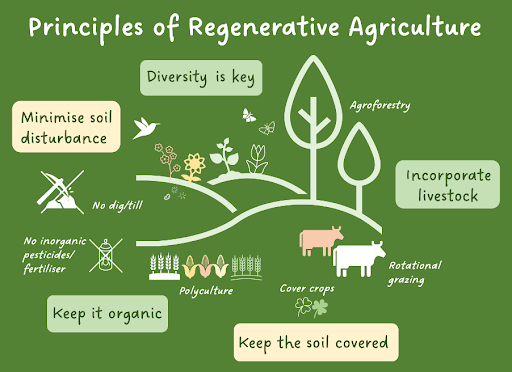At the Science Mill we bring science to life through engaging and interactive exhibits. One of our favorite residents is the axolotl, a unique and fascinating amphibian native to the lakes of Mexico. Axolotls are known for their incredible regenerative abilities and their charming appearance. To make your visit even more enjoyable, we’ve prepared a series of conversation prompts for parents to engage their children while exploring the axolotl exhibit. These questions are designed to spark curiosity and learning for kids of all ages, from kindergarten to high school.
Axolotl Questions and Answers
Kindergarten - 2nd Grade
Look at the axolotl! What color is it? Do you see its funny gills on the sides of its head?
Answer: Axolotls can be various colors, commonly white with pink gills, brown, or black. Yes, the gills are the feathery structures on the sides of its head.
Axolotls are called 'Mexican walking fish,' but they aren't fish. Can you guess what kind of animal they are?
Answer: Axolotls are amphibians.
Axolotls can regrow their body parts if they get hurt. Isn't that amazing? What would you like to be able to regrow if you could?
Answer: Axolotls can regrow limbs, the spinal cord, heart, and other organs.
What do you think the axolotl likes to eat? Can you spot its food in the tank?
Answer: Axolotls eat small creatures like worms, insects, and small fish.
3rd - 5th Grade
Did you know axolotls are amphibians like frogs, but they stay in their larval stage their whole life? Why do you think that is?
Answer: Axolotls exhibit a trait called neoteny, where they retain juvenile features and do not undergo metamorphosis into adult forms.
Axolotls have the incredible ability to regenerate their limbs, spinal cord, heart, and other organs. How do you think that helps them survive?
Answer: Regeneration helps axolotls recover from injuries and continue to survive even if they lose body parts.
Look at the axolotl's gills. How are they different from fish gills? Why do you think they need them?
Answer: Axolotl gills are external and feathery, while fish gills are usually internal. They need them to breathe underwater because they live their whole life in water.
Axolotls are endangered in the wild. What do you think we can do to help protect them?
Answer: To protect axolotls, we can help by conserving their natural habitats, reducing pollution, and supporting captive breeding programs.
Middle School
Axolotls are a great example of neoteny, where they retain juvenile features throughout their lives. Can you think of any other animals that do this?
Answer: Other animals that exhibit neoteny include certain species of salamanders and some amphibians like the mudpuppy.
Scientists study axolotls to learn more about regeneration. How could this research be important for human medicine?
Answer: Research on axolotl regeneration could lead to advances in medical treatments for injuries, including potential ways to regenerate human tissues and organs.
Axolotls live in the wild in lakes near Mexico City. Why do you think their natural habitat is shrinking?
Answer: The natural habitat of axolotls is shrinking due to urbanization, pollution, and introduction of invasive species.
Axolotls have both lungs and gills. How do you think this affects the way they breathe and live?
Answer: Having both lungs and gills allows axolotls to breathe in water using their gills and also gulp air at the surface using their lungs, which helps them survive in different conditions.
High School
The axolotl is a key model organism in scientific research due to its regenerative capabilities. How do you think studying axolotls can contribute to advancements in regenerative medicine and biotechnology?
Answer: Studying axolotls can reveal the genetic and cellular mechanisms of regeneration, potentially leading to breakthroughs in regenerative medicine for humans, including the ability to repair or regrow damaged tissues and organs.
Discuss the concept of paedomorphosis seen in axolotls. How does this evolutionary trait benefit them in their natural habitat?
Answer: Paedomorphosis allows axolotls to retain larval characteristics, which may be beneficial in their stable aquatic environment by avoiding the risks and energy costs associated with metamorphosis.
Axolotls are critically endangered due to habitat loss and pollution. What conservation strategies could be implemented to protect their populations?
Answer: Conservation strategies include habitat restoration, pollution control, captive breeding programs, and public awareness campaigns to protect and restore the natural environment of axolotls.
Explore the ethical implications of using axolotls in scientific research. What are the potential benefits and drawbacks?
Answer: The potential benefits include significant medical and scientific advancements in understanding regeneration and developing new treatments for injuries. The drawbacks include ethical concerns about the welfare of axolotls in research settings and the need to ensure humane treatment and proper care of these animals.
We hope these conversation prompts and answers help you engage with your children and enhance your visit to the axolotl exhibit at the Science Mill. Axolotls are fascinating creatures with unique characteristics that offer valuable insights into biology and regenerative medicine. By learning more about these amazing animals, we can better appreciate the importance of conservation and the role of scientific research in understanding our natural world. Visit us today and let the adventure begin!








